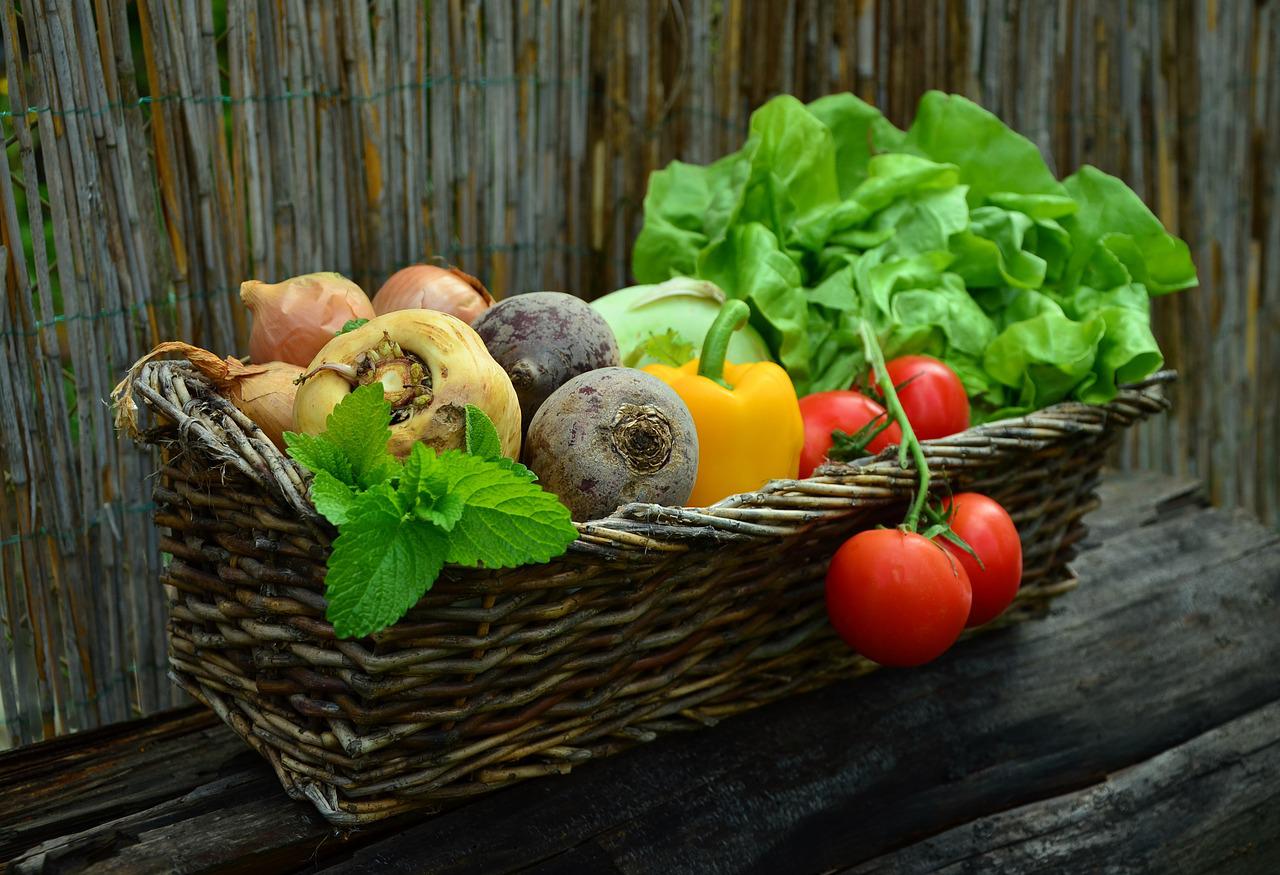
Managing Sugar Spikes: Know the Glycemic Index
The glycemic index or GI, is a measure used to determine how much a food can affect your blood sugar levels. Several factors affect the glycemic index of food, including the nutrient composition, ripeness, cooking method and amount of processing it has undergone.
When the glycemic index is high, the pancreas produces excess insulin because of high-sugar content. Insulin is a hormone that conduct glucose into the cells. Consuming high GI food is associated with sugar spikes in blood, insulin resistance and risk of diabetes/pre-diabetes. Thus, consumption of low GI carbohydrates foods reduces the rate of glucose absorption and also reduce the post-prandial (2 hours after meal) rise in gut hormones and insulin.
To control your sugar intake and manage sugar spike, eat low GI and high fibre diet. Diet is one of the aspects, however one should also focus on stress level, lifestyle sleep and mental health. These factors are also connected with your health.
You should also be aware about Glycemic Load. Glycemic load is associated with the quantity of food and its cumulative effect on blood sugar levels. For example, you eat food which is low in GI but you eat them in high quantity, then its glycemic load forces pancreas to act more upon that. When pancreas is exhausted and not able to function effectively, it turns resistant and does not produce insulin naturally.
Glycemic load of 10 or less is considered low, 11 to 19 is medium and 20 or more is high. You also have to mindful in eating because if you eat large portion of low GI food in high Glycemic load it will ultimately increase blood sugar level because of the quantity.
Here is some basic guidance for how low GI food and high GI food impacts on your meals to control your blood sugar level.
- One should eat rotis mix made from Bengal gram, fenugreek, Barley (has low GI) with wheat flour instead of whole wheat flour.
- Food stuff like sugar, syrups, honey, sports drink (6 to 20 % concentration sugar) must be avoided because they all are high GI food.
- Cereals, packaged products like bread, cornflakes, oat meal, puffed wheat and rice also high GI. You should include Barely and all cereals with bran in your diet.
- In fruits, Raisins and watermelons are high GI but Apples, cherries, peaches, pears, plums, dried apricots are low GI, you should have it accordingly to seasons and availability.
- In general, if you know that food you are eating has high GI, you can control portion and eat in low quantity.
- Include dietary fiber in all your meals. Fiber present in fruits, vegetables, cereals ensure slower consumption of sugar in blood stream and help to manage sugar spikes post meals.
So, having your meals mindfully and eat moderately is the best way to control your Glycemic index level for good health. Exercise is also very important for not only for good health but also keeps our mind and body positive and energetic for the whole day.
